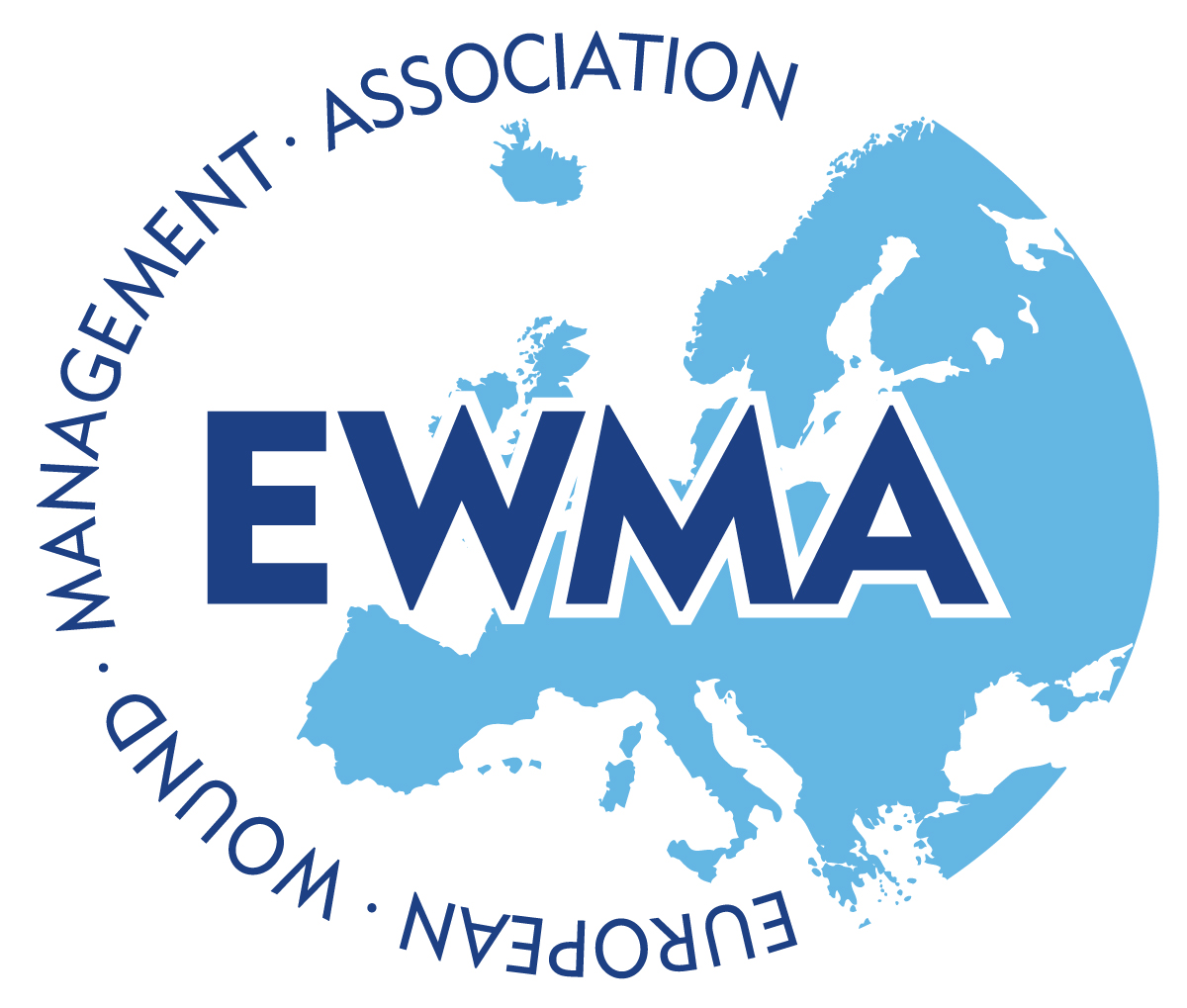Working with the wounded returning from Afghanistan during 2009 through 2011 was extremely challenging. The wounds I saw during this time were the worst I had seen since arriving at National Naval Medical Center (NNMC), Bethesda in 2007. The reason was partly due to the mission modification in Afghanistan by the US military in late 2009, when the Marines and Army began to engage in “dismounted” patrols or walking patrols versus patrolling in armored vehicles. They were exposed and thus more susceptible to injury from improvised explosive devices (IEDs). Their injuries were likely to be catastrophic because the enemy employed a technique that caused an IED to explode as the Marine/Soldier was standing directly over the device. The explosions were devastating - these IEDs caused significant soft-tissue injuries and multiple amputations. The force of the blast drove sand, dirt, debris, and organisms deep into the tissues, causing additional complications.
At NNMC and Walter Reed Army Medical Center (WRAMC) the typical method for managing these catastrophic wounds included serial debridements and washouts in the OR followed by the application of negative pressure wound therapy (NPWT) using reticulated open cell foam dressings (ROCF). At that time, the trauma teams exclusively used the ROCF dressings containing silver due to their antimicrobial properties. However, in late 2009 the manufacturer of the ROCF dressings notified us that these dressings would not be available for at least six months. Because of the complexity of these wounds and the high potential for infection an alternative solution was needed immediately. We began placing thin layers/sheets of silver impregnated dressings directly in the wound bed and then applying the ROCF dressing on top. This practice seemed to be effective but not ideal - the application process was more complicated because it was difficult to get good coverage with the silver sheet dressings.
Soon after the silver impregnated ROCF dressings were no longer available we were faced with another issue. Combat-wounded patients began developing angio-invasive fungal infections (Aspergillus) from the soil imbedded deep in the tissues of their wounds. The next challenge was to implement a therapy that would support NPWT and provide topical antibacterial and antifungal coverage. Our topical wound therapy included NPWT with the instillation of antimicrobial fluid directly into the wound. Since this therapy was not frequently being used at this time, it was difficult to find more than a couple of the NPWT units equipped with this function available for use. The next challenge was to select the appropriate solution as it needed to be antibacterial, antifungal, and non-damaging to healthy wound tissue.
Our research led us to use a dilute Dakin’s solution of 0.025%, and the initial results were very positive. Prior to using the Dakin’s instillation with NPWT we would observe black mold growing in the wound as soon as 2-3 days after a debridement and washout. After initiating the Dakin’s solution as an instillation during NPWT, we no longer saw the black mold within the wound bed. The treatment was so effective that NPWT with instillation (NPWTi) of dilute Dakin’s became the standard of care for our combat-wounded with complex soft-tissue injuries. Additionally, the Clinical Practice Guideline for initial management of blast injuries with significant soft-tissue injury and suspected fungal infection was changed to include the use of 0.025% Dakin’s solution moistened gauze as the preferred initial dressing after debridement in the combat theatre.
We typically performed (NPWT) dressing changes 3 times a week during trips to the OR while the patient was undergoing debridements and washouts. We found that this worked best as the wounds were very large and anesthesia was necessary. We decreased to twice weekly as the wounds improved and the mold growth decreased. The surgeons typically used the 0.025% Dakin’s solution until they were ready to perform a skin graft. This time period varied from 2 to 3 weeks depending on wound progression and tissue cultures. These wounds were heavily contaminated and often were associated with traumatic amputations.
It is important to see the recent increased attention given to the use of negative pressure wound therapy with instillation in both traumatic and chronic wounds. The lack of availability of those silver dressings had a far-reaching impact on our care of the combat-wounded as well as future civilian wound care
CDR (Ret) David Crumbley was the Coordinator for the Complex Wound and Limb Salvage program at Walter Reed National Military Medical Center from 2008-2011. He is currently Professor of Practice at Auburn University School of Nursing and continues to practice wound care at Baptist South Medical Center, Montgomery, Alabama.


